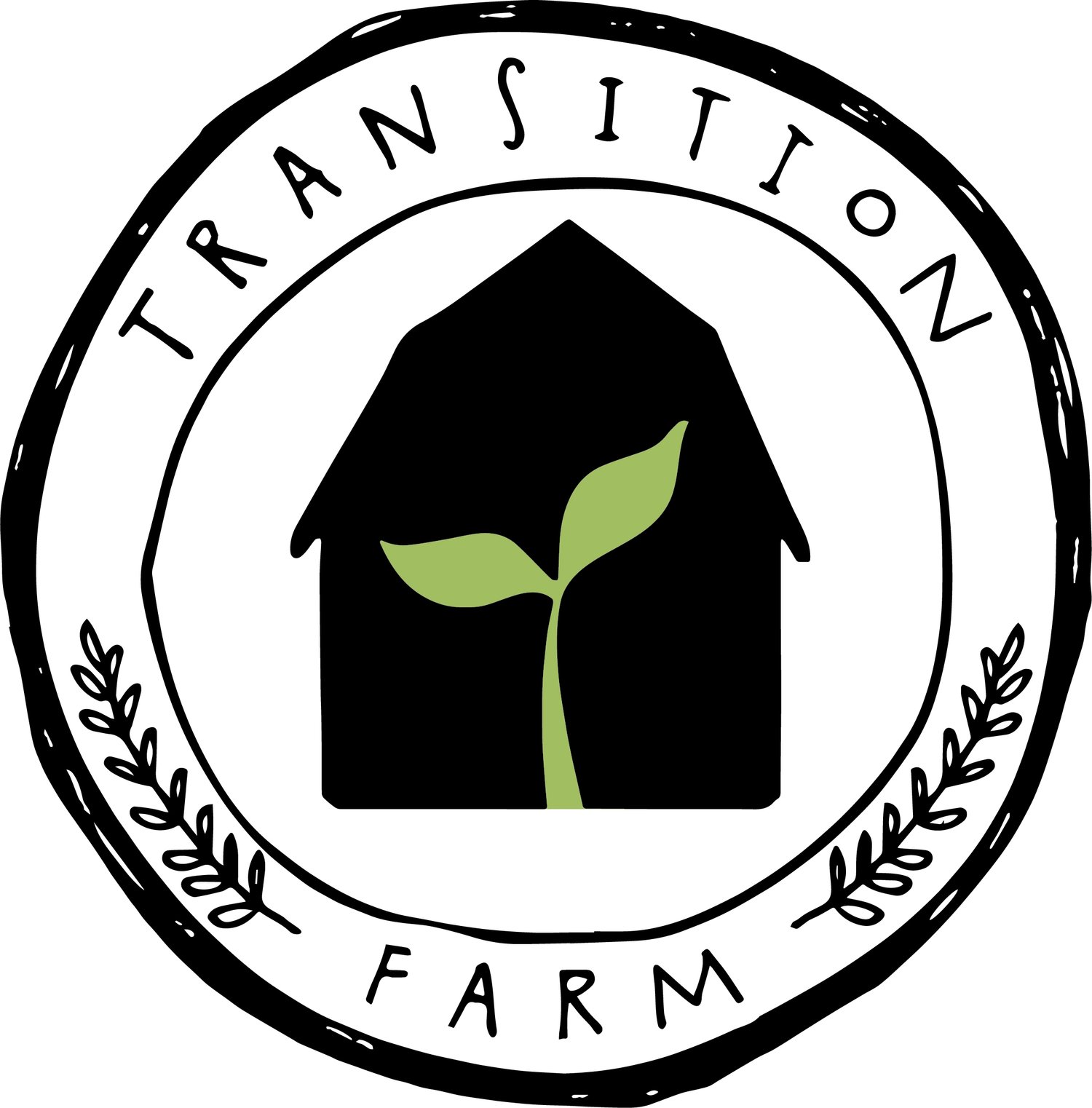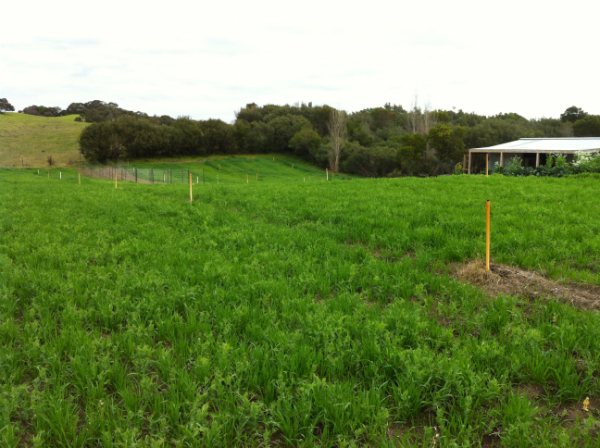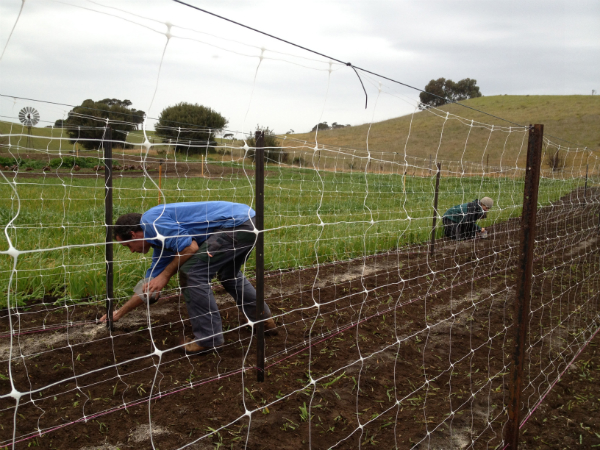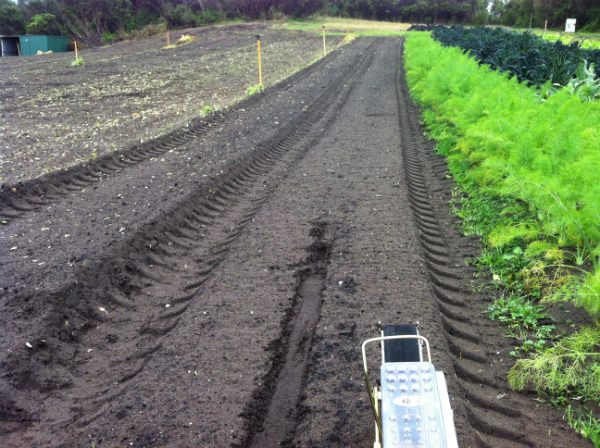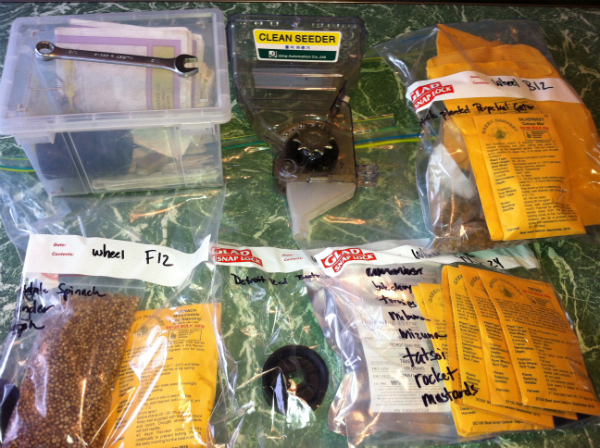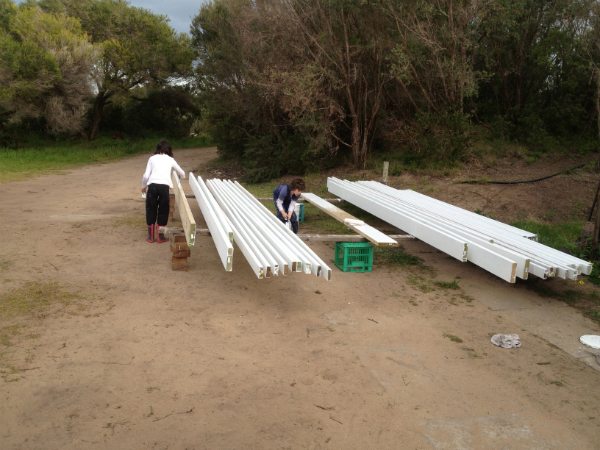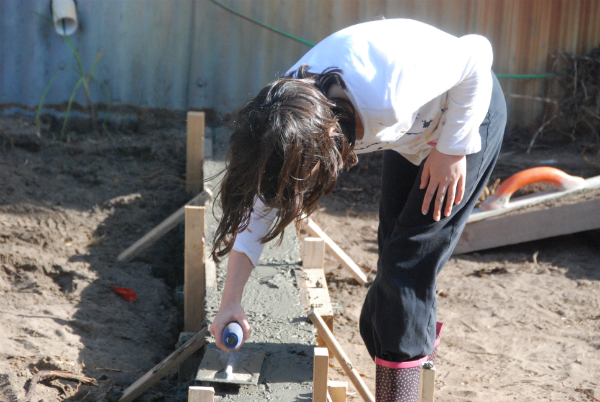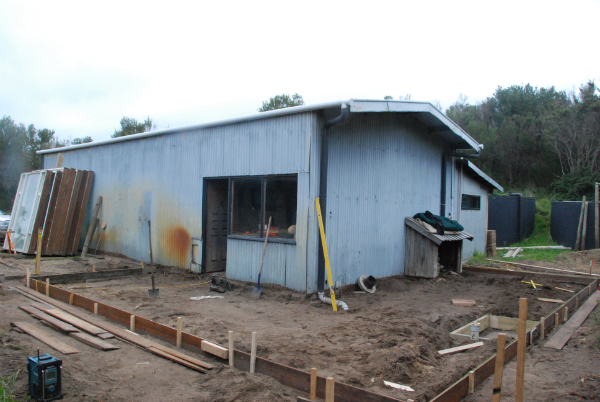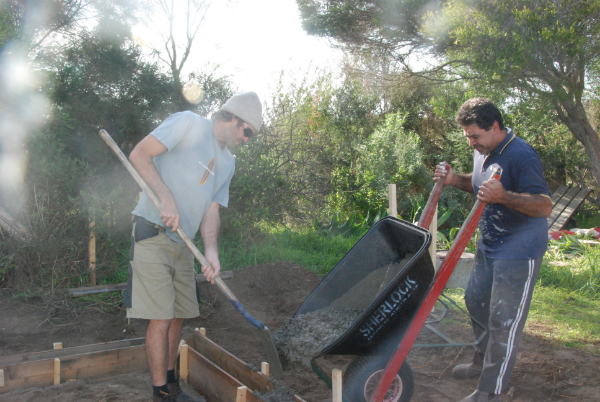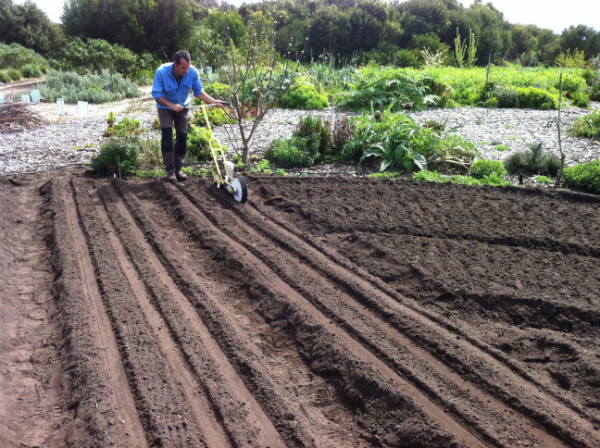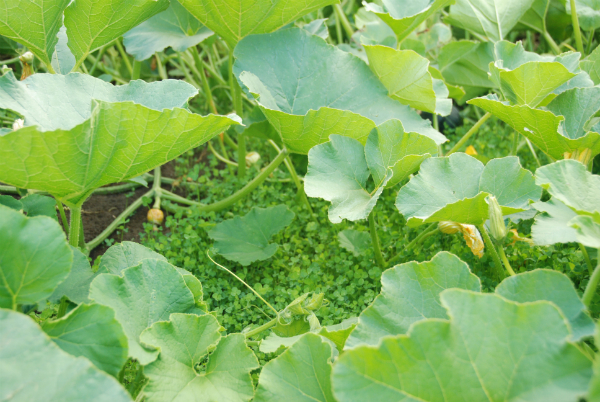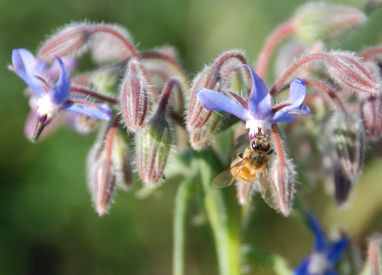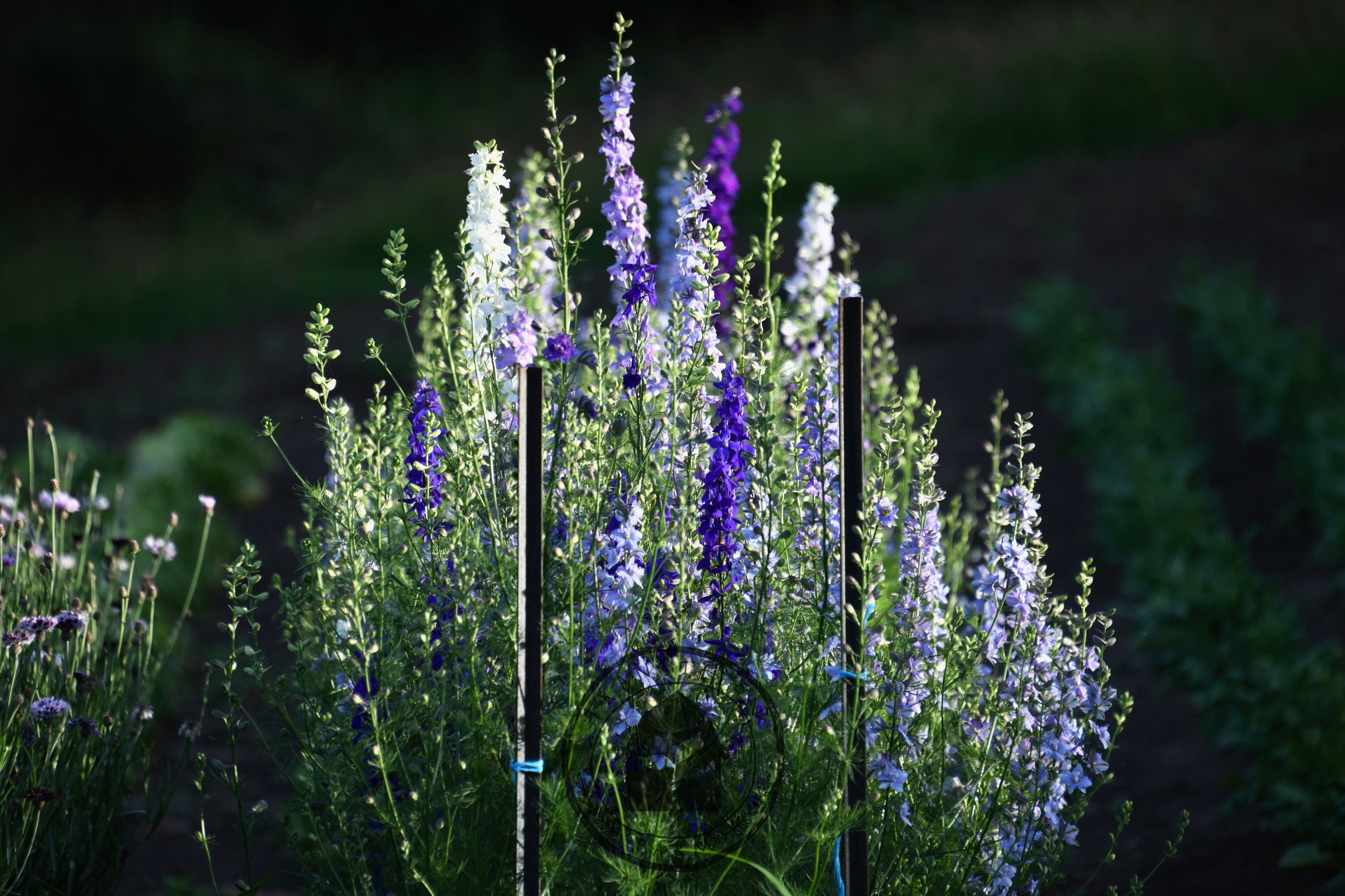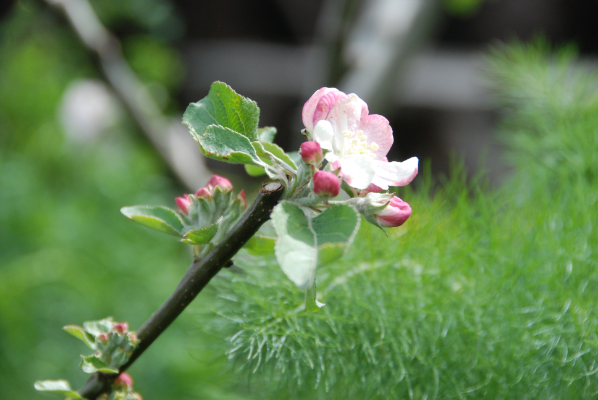 With the apple trees blooming, now is a good time to ensure that the trees you have to pollinate each other are in bloom at the same time. This allows the bees to gather the pollen from the blossoms on one tree and bring it to the other tree's blossom, cross pollinating the flower and allowing it to create it's fruit, which in turn creates it's seed.
The moon continues to descend this week - the earth breathes in and draws growth forces back down below the soil surface. Activities for the week could include making and spreading compost, transplanting seedlings and trees, taking and planting cuttings, cultivating soil and spraying horn manure preparation 500 with manure concentrate and horn clay.
With the apple trees blooming, now is a good time to ensure that the trees you have to pollinate each other are in bloom at the same time. This allows the bees to gather the pollen from the blossoms on one tree and bring it to the other tree's blossom, cross pollinating the flower and allowing it to create it's fruit, which in turn creates it's seed.
The moon continues to descend this week - the earth breathes in and draws growth forces back down below the soil surface. Activities for the week could include making and spreading compost, transplanting seedlings and trees, taking and planting cuttings, cultivating soil and spraying horn manure preparation 500 with manure concentrate and horn clay.
"The biodynamic preparations, based on mineral, plant and animal substances, are used to support the life in the soil, enhancing all bacterial, fungal and mineral processes valued in the farming system.
The application of these preparations is the basis of biodynamic practice. Each preparation works as an organ of the farm or home garden. Each also has a specific role in stimulating bacterial and fungal activity, making trace elements and minerals available to the plants. Combined, they also work in making the soil and atmosphere more sensitive to cosmic rhythms, connecting the Earth to the life-forces of the cosmos. " (Biodynamic Resource Manual, 10)
Regular applications of Preparation 500 will encourage strong humus formation, all soil bacteria and soil fungi, rhizobial activity on all legumes, phosphate solubilising bacteria, increase earthworm activity, absorption and retention of water and development of deep rooting systems. This works in any soil type.
Horn Manure preparation 500 is applied at 85 grams/hectare, stirring 1 hour in 34 litres of high quality water using the vortex stirring method. This is then applied to the whole garden or farm area in droplet form during the late afternoon. (Biodymanic Resource Manual, 10-11). The optimal day to apply preparation 500 is when there is a synthesis of a descending, waning moon in an earth sign. If this complete synthesis is not possible, try to work with as many variables as possible.
Dr Rudolf Steiner stated that the biodynamic method of agriculture should be made available "as quickly as possible to the largest areas of the entire earth, for the earth's healing." (Pearce, 3) Many people fear that they might not be doing something "properly" and so they do not start. Having a go at applying 500 is a great start. I truly believe that with time and practice, a better understanding of the "correct" process grows. But this experience is only gained through trying. There is no harm that can be done, it can only help.
On Wednesday 5, the moon is in a fire sign until 15:44 when it moves into an earth sign. Warmth or fire signs are favourable for fruit plants. These include all plants whose seed fruit we harvest: beans, peas, grains, cucumbers, squashes, lentils, corn, capsicums, rice, soya, tomatoes, zucchini, strawberries and fruit trees.
It stays in an earth sign until Friday 7. Earth signs are favourable for root plants. These included all plants whose roots we harvest: carrots, parsnips, radishes, beetroot, celeriac, swedes, potatoes, onions and garlic.
On Saturday, there is a planetary trine favorable in an air sign. On Sunday and Monday until 12:44, the moon is in an air sign. Air signs are favourable for flower plants. These include all the plants which are grown for their flowers, and where we want a long flowering time: garden flowers, medicinal and preparation flowers, bulbs and broccoli.
For the rest of Monday and Tuesday the moon is in a water sign. Water signs are favourable for leaf plants. These include all the plants whose leaves we harvest: cabbages, cauliflower, parsley, coriander, lettuce, spinach, bok choy, silver beet, asparagus and fennel.
Wednesday, 12th is the full moon, the apogee of the moon (when the moon is the furthest from the earth) and when the moon and Saturn are in opposition to each other. The cycle occurs every 27.5 days. "The Moon forces bring in the calcium processes which are connected to propagation and growth. The Saturn forces bring in the silica processes which connect form and structure. The balancing effect of these two influences streaming into the earth produces very strong plants from seed sown at this time. Tests have shown the 48 hours leading up to this event is optimal time that overrides even the ascending, descending and moon in constellations for best planting time." (Biodynamic Resource Manual, 54)
Essentially then, if you have not planted any seed yet, gather what you want for summer harvest, make a site plan for your garden, amend the garden and get it ready for planting on Monday or Tuesday of this week. Apply combined soil preparation or preparation 500 on Tuesday late afternoon and follow it with an application of 501 on Wednesday morning. If you spend your weekend preparing your garden and the first days of the week planting it, you could be eating all summer from your own home plot.
Crops that can be sown during this month are globe artichokes, asparagus, beet root, carrots, coriander, cucumbers, parsnips, peas, potatoes, radishes, rocket, spinach, spring onions, sweades, turnips, winter squashes and pumpkins. Crops that can be transplanted are basil (with protection), broccoli, cabbage, capsicum (with protection), cauliflower, celery, Chinese greens, corn, eggplant (with protection), flowers, leeks, lettuce and salad greens, onions, parsley, silver beet, tomatoes (with protection) and zucchini and summer squashes.
This is a great week to amend soil and transplant seedlings to reap the rewards of the summer harvest.
For more information about our Biodynamic Notes, visit About our Biodynamic Notes
-Gardening Notes are compiled using Brian Keats Antipodean Astro Calendar; Maria Thun's Gardening for Life; Biodynamic Agriculture Australia's Biodynamic Resource Manual; Peter Cundall's The Practical Australian Gardener; Norrie Pearce's A Bio-dynamic Farmer's Handbook; and the experiences and farm practices on Transition Farm
For more information about the Antipodean Astro Calendar, Biodynamic Planting and research and more visit Brian Keats' website at http://astro-calendar.com/index.htm
For more information about Biodynamics and to purchase biodynamic preparations visit Biodynamic Australia at http://www.biodynamics.net.au/

